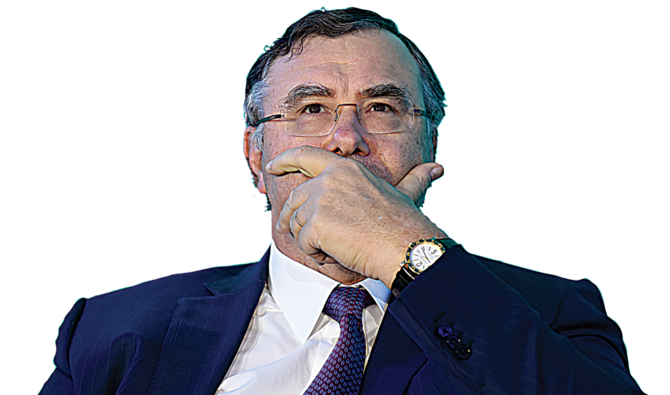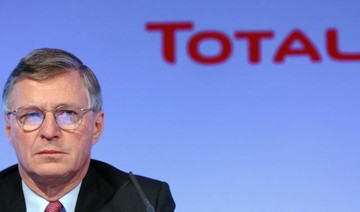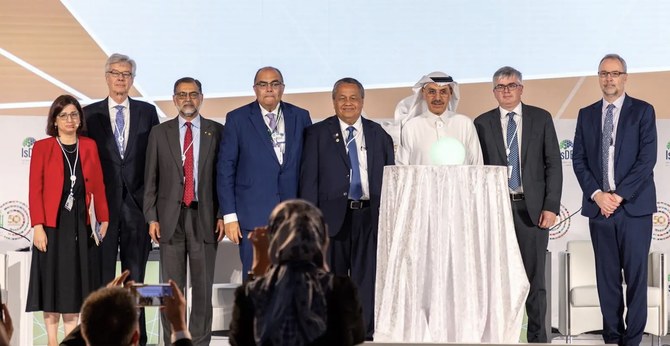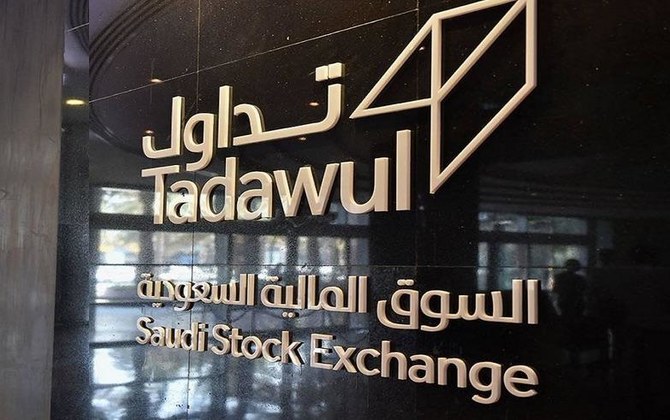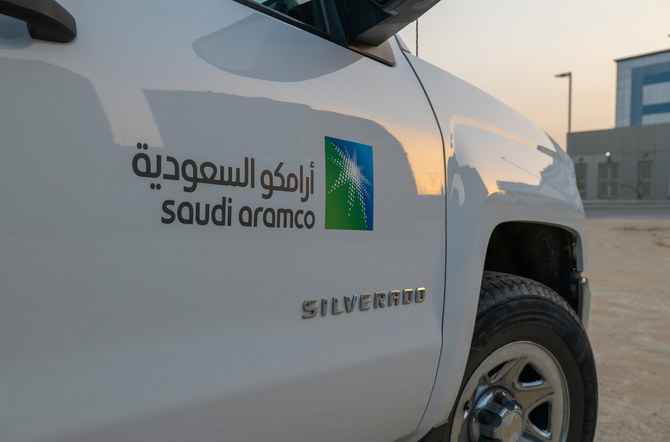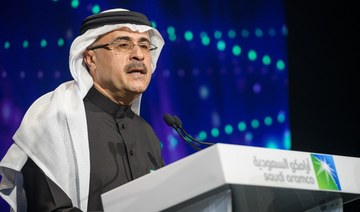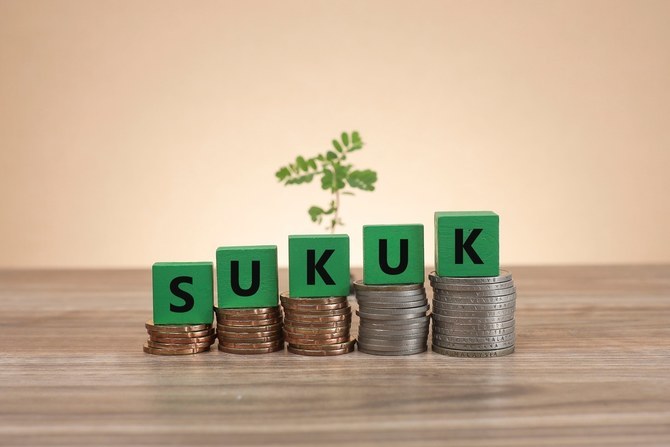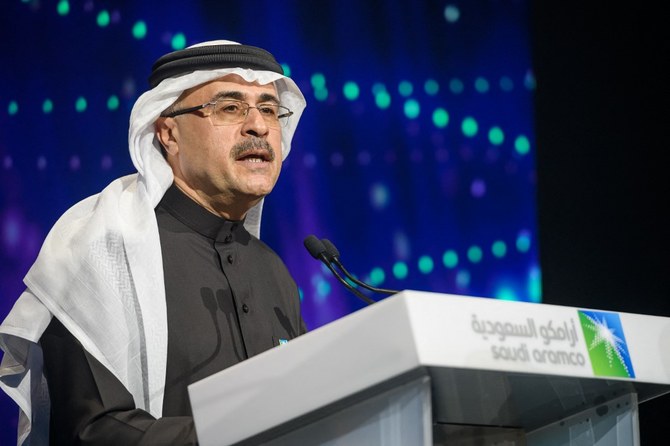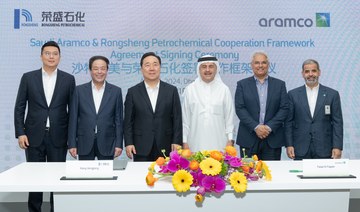PARIS: Total will be as active in adding renewable energy assets in 2021 as it was last year, Chief Executive Patrick Pouyanne told an Oddo BHF conference.
Total is trying to reduce its dependence on oil and shift toward electricity and renewable energy. It aims to have 35 gigawatts (GW) of gross renewable energy generation capacity by 2025 from around 9 GW now.
Pouyanne said the investment budget for electricity and renewables would surpass $2 billion in 2021.
Asked whether Total would still pursue oil exploration in future, Pouyanne said the company would focus on cost and said some fields that were difficult to develop in some regions like the Arctic were off limits.
“If we can develop at less than $20 per barrel, we consider that it will be resilient for the long term,” Pouyanne told the online conference, adding that Total was focusing on areas such as the Middle East and North Africa, Brazil and Suriname.
Meanwhile, carbon dioxide levels in the atmosphere will this year reach levels 50 percent higher than before the industrial revolution because of manmade emissions.
It forecasted the annual average CO2 concentration measured at the Mauna Loa Observatory in Hawaii in 2021 will be around 2.29 parts per million (ppm) higher than in 2020.
It said CO2 concentrations will exceed 417 ppm at some point between April and June — 50 percent higher than the 278 ppm present in the late 18th century when the industrial era kicked off.
This is despite an unprecedented fall in greenhouse gas emissions in 2020 because of the pandemic.
“Since CO2 stays in the atmosphere for a very long time, each year’s emissions add to those from previous years and cause the amount of CO2 in the atmosphere to keep increasing,” said Richard Betts, lead producer of the Met Office’s annual CO2 forecast.
“Although the Covid-19 pandemic meant that less CO2 was emitted worldwide in 2020 than in previous years, that still added to the ongoing build up in the atmosphere.”
Mauna Loa has been continuously monitoring atmospheric CO2 levels — which fluctuate according to season but continue to climb annually — since 1958.
The United Nations says emissions from energy, food production, transport and industry must fall more than 7 percent every year throughout the next decade in order to keep the temperature goals of the Paris climate deal in play.
The 2015 accord enjoins nations to limiting global warming to “well below” two degrees Celsius (3.6 Fahrenheit) above pre-industrial levels, and to 1.5C if at all possible.
With just over 1C of warming so far, Earth is already beset by extreme weather events such as flooding, droughts and tropical storms supercharged by rising sea-levels.
The Met Office said it took around 200 years for CO2 concentrations to increase 25 percent since the industrial era began.
“But now just 30 years later we are approaching a 50 percent increase,” said Betts.
“Reversing this trend and slowing the atmospheric CO2 rise will need global emissions to reduce, and bringing them to a halt will need global emissions to be brought down to net zero.”



